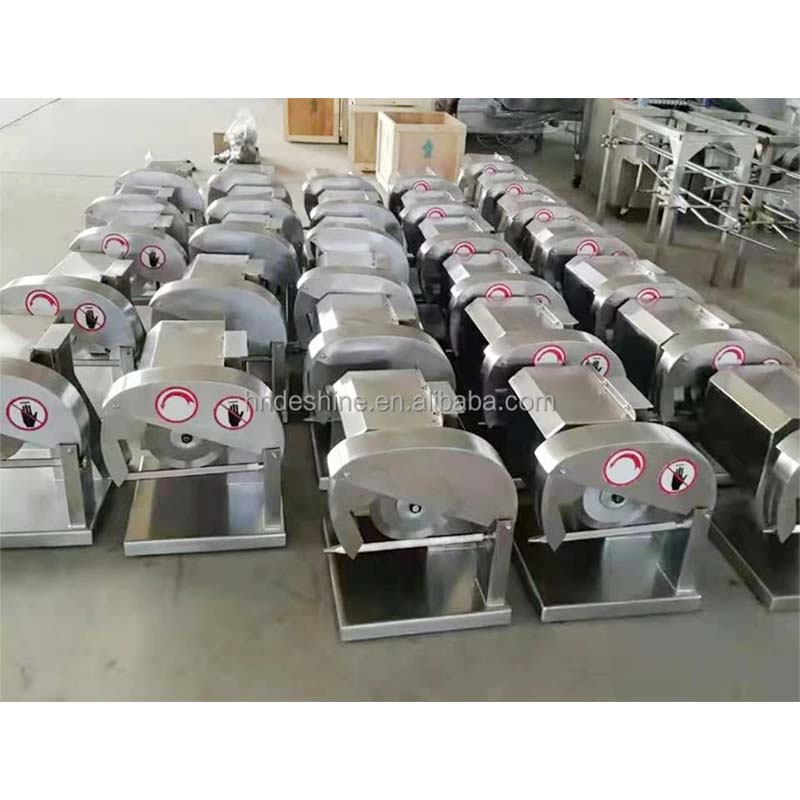Efficient Pellet Machine for High-Quality Livestock Feed Production
Dec . 23, 2024 22:24 Back to list
Efficient Pellet Machine for High-Quality Livestock Feed Production
The Importance of Livestock Feed Pellet Machines
In the modern agricultural landscape, the productivity and efficiency of livestock farming are increasingly reliant on advanced technology. One vital piece of equipment that has garnered attention is the livestock feed pellet machine. This innovative machinery plays a crucial role in animal husbandry, ensuring that livestock receive balanced, nutritious feed while also contributing to the overall efficiency of farm management.
Understanding Livestock Feed Pellet Machines
A livestock feed pellet machine is designed to process raw agricultural materials into compact pellets suitable for animal consumption. The process typically involves grinding, mixing, conditioning, and pelleting the feed. By mechanically compressing feed ingredients under high pressure and temperature, these machines create uniform pellets that enhance digestibility and palatability. The end product is not only more appetizing for animals but also easier to store and transport, thereby reducing waste and spoilage, which can often occur with loose feed.
Benefits of Pelleted Feed
Pelleted feed offers multiple benefits over traditional loose feed forms. First and foremost, the pellets are more compact and uniformly sized, which leads to more efficient feeding. This uniformity helps ensure that animals receive consistent nutrients across their meals, promoting better growth rates and overall health. Additionally, the pelleting process often eliminates harmful bacteria and pathogens, resulting in a safer feeding option that can reduce the risk of disease among livestock.
Furthermore, pelleted feed contributes to reduced feed waste. Loose feed is prone to spillage and contamination, while pellets tend to minimize these issues, making them a more economical choice. This is especially important for large-scale operations, where even small amounts of feed loss can significantly impact profitability. The ease of handling and storage also means that farmers can implement more efficient feeding strategies, leading to improved animal welfare and productivity.
livestock feed pellet machine

Key Features of Livestock Feed Pellet Machines
When considering a livestock feed pellet machine, several key features should be taken into account. The capacity of the machine is crucial; it should match the scale of the operation. Smaller farms may require machines with lower output, while larger operations will need high-capacity models capable of producing significant quantities of feed in a short timeframe.
Durability and ease of maintenance are also important. The feed pellet machine should be made of high-quality materials that withstand the rigors of constant use. Regular maintenance is essential for ensuring the longevity of the equipment and maintaining optimal performance. Features such as an automatic lubrication system can make upkeep more manageable.
Another significant aspect is the versatility of the machine. A good livestock feed pellet machine should be capable of processing a variety of raw materials, including grains, legumes, and additives. This versatility allows farmers to customize their feed formulations based on the specific nutritional needs of their livestock, whether they are raising cattle, pigs, poultry, or other animals.
Conclusion
In conclusion, livestock feed pellet machines are a transformative asset for the agricultural sector. They improve the efficiency of feed production, enhance the nutritional quality of livestock feed, and promote better animal health. As the demand for sustainable and efficient farming practices grows, investing in advanced feed processing technologies will be integral to meeting these challenges. By adopting such innovative solutions, farmers can not only optimize their operations but also contribute to a more sustainable food system that benefits both livestock and humans alike. The future of livestock farming is indeed bright, with feed pellet machines at the forefront of this progression.
-
Hot Sale 24 & 18 Door Rabbit Cages - Premium Breeding Solutions
NewsJul.25,2025
-
Automatic Feeding Line System Pan Feeder Nipple Drinker - Anping County Yize Metal Products Co., Ltd.
NewsJul.21,2025
-
Automatic Feeding Line System Pan Feeder Nipple Drinker - Anping County Yize Metal Products Co., Ltd.
NewsJul.21,2025
-
Automatic Feeding Line System - Anping Yize | Precision & Nipple
NewsJul.21,2025
-
Automatic Feeding Line System - Anping Yize | Precision & Nipple
NewsJul.21,2025
-
Automatic Feeding Line System-Anping County Yize Metal Products Co., Ltd.|Efficient Feed Distribution&Customized Animal Farming Solutions
NewsJul.21,2025






